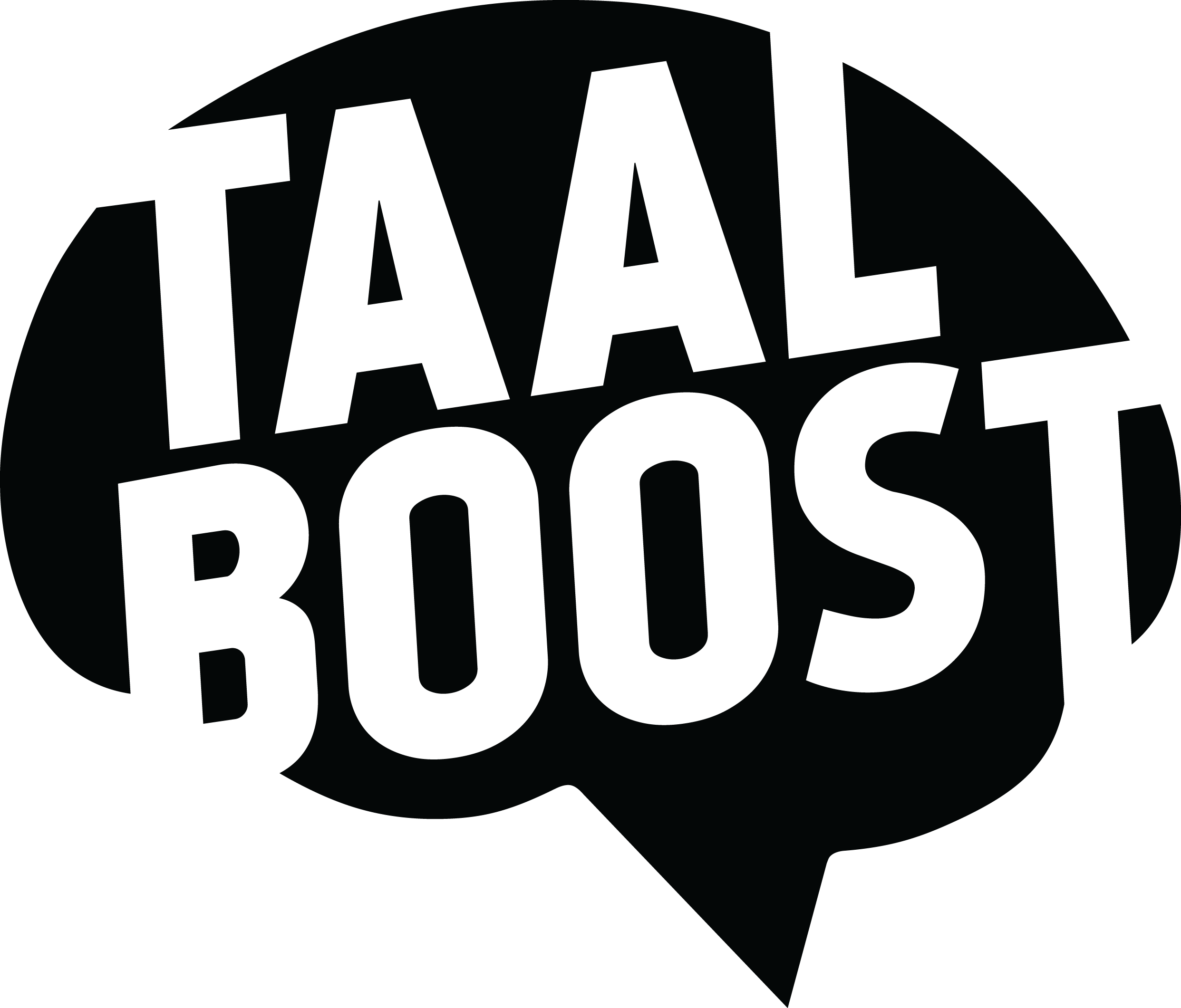Why TaalBoost?
At TaalBoost Dutch language courses in Amsterdam, we combine the latest theories in foreign language acquisition and teaching with the specificities of Dutch language and culture, in order to make the Dutch language learning journey for expats, professionals and internationals living in Amsterdam and the Netherlands motivating, easy and enjoyable.
The TaalBoost approach is functional, meaning that everything that is taught and learned serves its previously thought-through purpose. That way, the lesson time can be used in the most optimal and effective way. The learning trajectory involves 3 phases:
A. the input phase,
B. the activation phase and,
C. the consolidation phase.
Phase A would involve the receptive skills of listening and reading in Dutch, phases B and C the productive skills of speaking and writing in the Dutch language, respectively. The input phase is done at home, as a preparation for the lesson – that way, you will be familiar with the topic, the words and the routines.
Phase B is executed at the lesson – the input is broken down for you, explained, and then exercised in pairs or in groups, with close guidance and feedback by the teacher. The activation phase is also the most fun, as it compiles series of engaging, focused, and practical exercises. It feels like a fun game and there is never a dull moment. The consolidation phase is done after the lesson, when you need to sit down, write a text and think (about) the Dutch language and the materials previously learned. All written assignments that are handed get personal feedback by the teacher.
In order to make the language learning pathway optimal and functional, our teachers and curriculum developers lean on the resources that you already have, such as previous experiences and knowledge of languages, or simply put – common sense. For example, if you want to go and grab a cup of coffee with a friend, what would you need in order to communicate that?
You will need to be able to form a question:
You will need to be able to use the words such as shall, may, can, must in your question or answer;
You will need to be able to give a positive or a negative answer;
You will need to be able to use a negation in your negative answer;
You will optionally need to be able to give a reason for your negative answer.
All those steps are logically explained and exercised separately during the lesson – they are the tools that you will need for this situation but can freely use in tons of other situations than the one described above. The idea and the main purpose is to use this language learning kit when you leave the classroom.
At the beginners levels – Level 1 and Level 2 – most basic grammar and everyday situations are covered. These 30-hour courses are offered as 6-week evening or morning courses twice a week, 10-week Saturday courses, or 1-week intensive courses.
Following the beginners courses, the intermediate and the advanced courses focus primarily on broadening and deepening the vocabulary, again by working on all four skills, in a similar functional fashion as previously mentioned. These levels (Level 3 and above) are provided as evening, morning or Saturday courses.
Do you want to learn Dutch in the most effective way, either in Amsterdam West or online? Signing up for the course takes just a couple of minutes!
Still need some more convincing? Join a trial lesson during the next online Demo Lesson and see for yourself!










